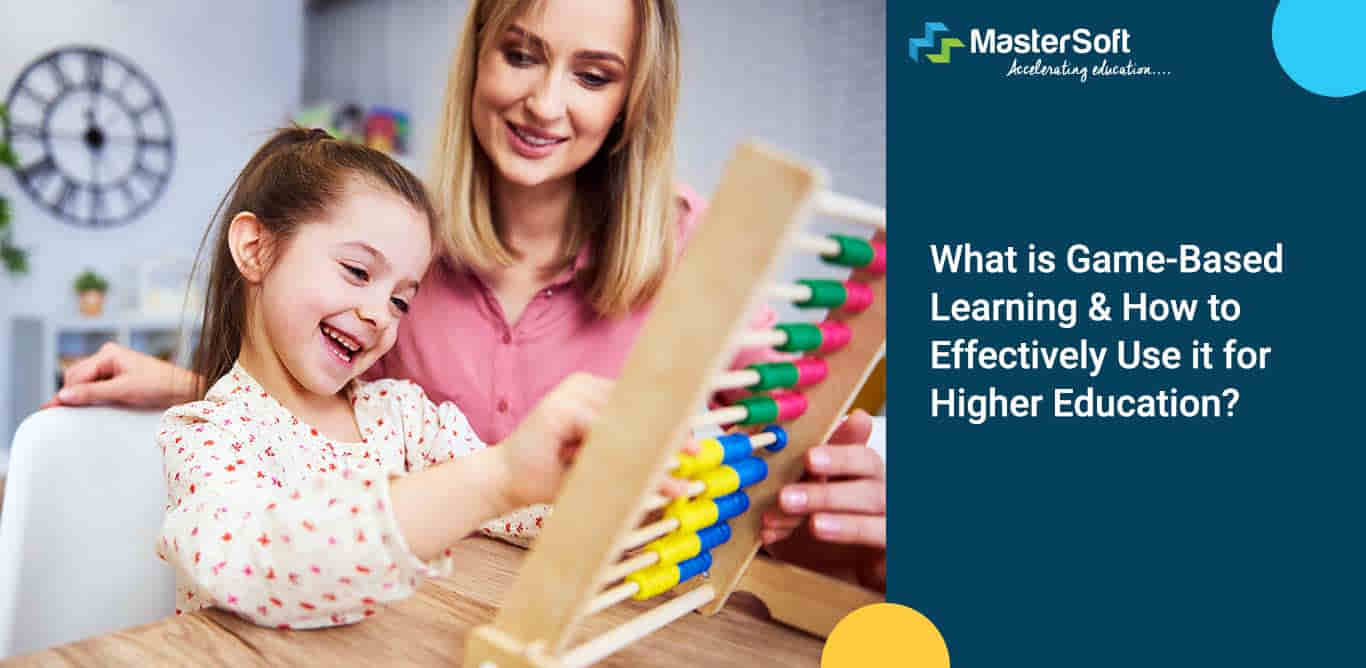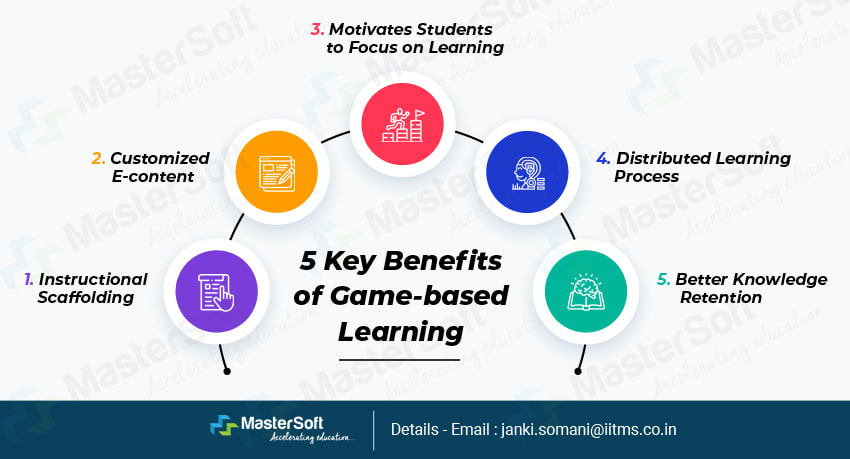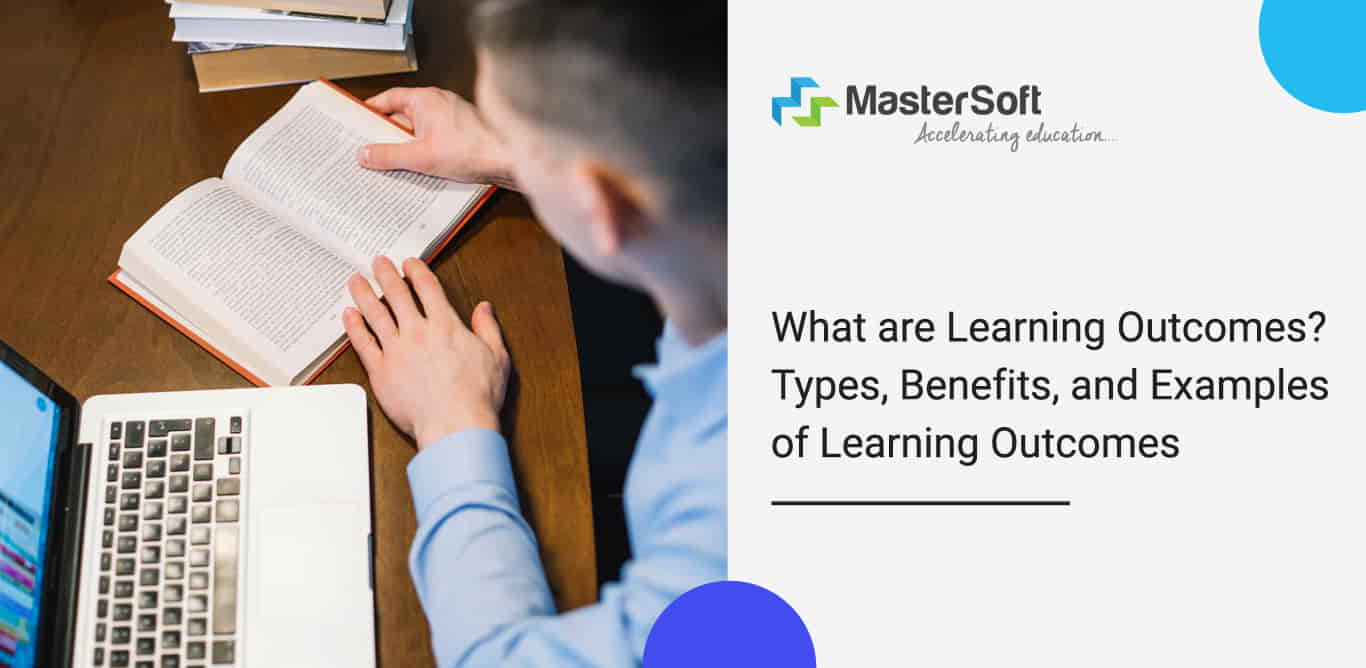
30, September 2021
The “curriculum” is an integral part of the learning process.
Without an effective curriculum, value-based education is not possible. With time, there have been increasing demands to modernize the curriculum to match with the global educational trends.
But at the same time, it should be noted that just re-inventing the syllabus would not ensure the students paying attention and taking a keen interest in the class. Hence the goal is to develop a curriculum that promotes critical thinking and creative abilities but that would be difficult unless the classroom environment and teaching delivery are engaging enough.
The teachers continued to look for viable solutions and options to increase the rate of engagement. Various strategies and pedagogies were applied to accomplish the goal, one of such strategies includes game-based learning.
Let us understand what is game-based learning...
What is Game-based Learning?
A framework of learning wherein the students engage in different activities to learn a particular subject is called game-based learning. The key concept of the framework relies on the same elements as the game-like activities such as redoing something if failed once, continuing till the target is fulfilled. Hence the students are to follow similar tenets of rules, objectives, conflict resolution, and healthy competition.
It is a well-established fact that in the traditional learning structure the students are expected to adapt to the highly competitive environment and catch up with the class. But in game-based learning there is no such compulsion, the student has the liberty to choose any activity and action followed by active learning and participation.
How is Game-Based Learning effective for higher education?
Decades of following the same teaching pattern wherein the teachers are seen to be focusing more on completion of the syllabus; this has resulted in a system of unproductive learning. Renewed attempts to change this system have led to educators implementing a host of effective learning strategies for the overall development of the students which is not merely confined to academics.
Making learning more of a participatory process is one of the primary goals of the institutions.
The teachers are required to organize the class and teach a lesson in such a manner that it is fun and at the same time conducive to effective learning.
The passive practice of delivering lectures and enforcing the students to unwillingly partake in instructor-led activities does not contribute to learning. On the contrary, there is a sense of fear which makes them do what is being told to them without asking any question.
Key benefits of game-based learning are as follows:

#1: Instructional Scaffolding
Imagine an assignment or project is given to the students and they are to depend on their research with little or no help from the instructor. In an attempt to create a sense of ownership for their tasks, this creates confusion and uncertainties among students. Instructional scaffolding is one of the strategies that is geared towards giving hints or clues to the students during the class.
This is central to student-centered learning wherein the teacher or educator can provide timely and essential student support when and if required. Even while conducting online classes scaffolding can be provided first of all by dividing the content into parts and then along the way prompting with helpful options and solutions.
#2: Customized Content
The content created for this framework is customized and includes activities that promote autonomy, competence, and relatedness. When the students are partaking in any activities, they have a sense of control and not depending on others indicating autonomy. Having the content customized means that the students are not compelled to struggle to keep up the pace.
As the content would be organized from the least to most difficult the students would have the freedom to take time to get an understanding of the lesson and then proceed further. The whole point of developing the curriculum should be to challenge them intellectually but simultaneously it should not be so difficult that they fail to grasp the whole concept.
The scope of relatedness is also enabled with the help of leaderboards or badges which will give the students to engage in healthy exchange with fellow students. Be sharing their learning experiences or sharing notes, is all a part of encouraging social skills.
#3: Motivates Students to Focus on Learning
Game-based learning includes a point or reward system which works well within the learning management system, if a student accomplishes a task he or she receives a reward. This leads to becoming a point of motivation for the students which in the long run urges them to participate in the activity even more.
But it is noteworthy to mention the fact that the instructor or teacher needs to utilize both intrinsic and extrinsic motivations in the form of elements such as badges, points, etc.
#4: Distributed Learning Process
What can be considered perhaps one of the most unique and novel features of game-based learning is that it can be effectively used as a strategy and effectively synced with other learning models. Such as the distributed learning can be made to be a part of the strategy wherein the learning content is divided into small bits in a non-centralized manner.
Distributed learning is seamlessly integrated with many e-learning software applications giving opportunities to the students to engage from remote locations. This will encourage a deeper level of understanding amongst the students.
#5: Better Knowledge Retention
With this learning framework, the students would be able to learn while having fun which in itself is quite an exciting opportunity. Having ownership of the material is an added advantage, the students would also be able to retain the knowledge of whatever they are being taught.
How MasterSoft can help you to implement game-based learning?
MasterSoft being the topmost software company in the education sector in India has onboarded many schools and colleges by providing state-of-the-art edtech facilities.
With its advanced ERP solutions, any institution can implement game-based learning and revitalize the student learning process.
The e-learning software by MasterSoft offers special features such as -
- Virtual classrooms
- Interactive e-content
- Online games & quizzes
- Students’ forums
Thus, the educational ERP makes learning fun and helps students to grasp the concepts easily.
Integrated with Next-level Technology for a Seamless Online Teaching-Learning Experience!
MasterSoft Provides You an ALL-in-One "E-learning" Platform!
Mobile: 08448010216
Email:info@mastersofterp.com
Recent
- NEP 2020 & College Autonomy: Complete Guide
- ICT For Higher Education - Smart Move Towards Online Teaching And Learning
- Online Examination Software For Post-Exam Analysis, Better Learning Outcomes & Decision Making
- The Best School Management System To Enhance Students Learning Experience
- Complete Guide To Learning Outcome Based Curriculum Framework (LOCF) - Part 1
- How To Manage Exam Schemes, Rules & Result Processing Online
- How To Manage College Applications, Merit List Generation & Online Admissions
- Complete Guide To The National Board Of Accreditation (NBA Accreditation)
- The Ultimate Checklist To Safeguard Your University’s Data
- Top 3 Reasons Why Higher Education Institutions Should Focus On Achieving Autonomy
- The Beginner’s Guide To Outcome Based Education Process (Part 2)
- Tips to Gear up Your Children To Return Back to School after Lockdown
- National Education Policy: All You Need to Know about NEP 2020 for Schools – Part 1
- Why Educators Need to Put Maslow Before Bloom
- Five Things You Should Know About Remote Learning as an Educator
- What is e-learning?
- Top Advantages of Online Assessment Tools
- What Is The NBA And Why Does It Matter?
- How Can Colleges Be Prepared for NAAC Peer Team Visit?
- ICT for Higher Education - Smart Move towards Online Teaching and Learning
- How to implement Choice Based Credit System?
- Why Online Fee Collection Software is a Must for Educational Institutions


_v2.jpg)


